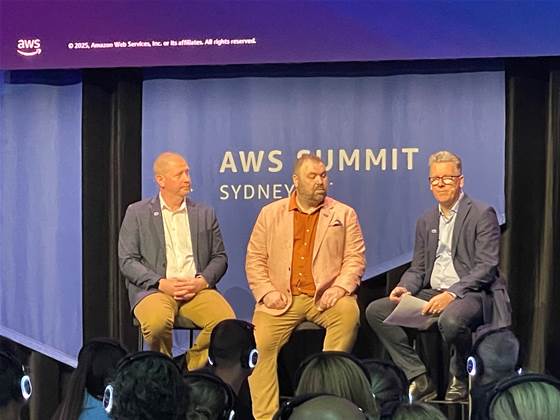Brief Overview
- Transurban is improving its AI chatbot, Lex, by incorporating contextual customer data.
- The chatbot, embedded within the Linkt app, is aimed at fostering proactive customer service.
- Initial enhancements prioritize delivering personalized replies based on account information.
- Future aspirations entail developing agentic AI abilities for proactive problem-solving.
- Amazon Bedrock guarantees safety and proper interactions throughout the chatbot’s functionalities.
Advancements in Transurban’s AI Chatbot
Transurban is poised to elevate its AI customer service chatbot, Lex, which was first introduced in August of last year on the Linkt app and website. Leveraging Anthropic’s Claude large language model, this cutting-edge chatbot is built to manage customer inquiries around the clock by consulting the ‘help’ resources on the app and site.
Amazon Bedrock’s Contribution
A vital element of Lex’s functioning is Amazon Bedrock, which offers crucial guidelines that dictate when the chatbot should refer a matter to a human representative. This aspect is crucial for delicate matters such as financial struggles or domestic violence, ensuring customers obtain the necessary support.
Enhancing Customer Engagement
One of Lex’s notable advantages is its capacity to connect customers to live agents more effectively than conventional menu-driven systems. By identifying when a query necessitates human intervention, Lex minimizes the time customers spend navigating intricate menus, thereby improving the overall customer experience.
Prospective Developments for Lex
Transurban is concentrating on forthcoming versions of Lex that will integrate contextual details regarding customers. This encompasses information such as account balance, account status, and product type, facilitating more personalized interactions and recommendations.
Proactive Customer Interaction
The primary ambition is for Lex to transform into an agentic AI, proficient in proactive customer service. This would entail recognizing potential problems with a customer’s account and reaching out with solutions, like suggesting more suitable products or verifying eligibility for offers based on travel behaviors.
Obstacles in AI Engagement
Despite the substantial potential benefits, Transurban recognizes the hurdles of proactive AI engagement. Ensuring that customers feel at ease with AI-initiated communication and upholding transparency regarding the nature of these interactions are essential factors.
Conclusion
Transurban is ready to augment its AI chatbot, Lex, by embedding contextual customer information for more customized and proactive assistance. By strategically employing Amazon Bedrock and pursuing advancements in agentic AI, the company seeks to simplify customer service while addressing the intricacies of AI-driven communication.
Q: What functionalities currently define Lex?
A:
Lex presently responds to customer inquiries 24/7 by utilizing the help resources available on the Linkt app and website, and it can effectively guide customers to human agents when necessary.
Q: In what way does Amazon Bedrock enhance Lex’s capabilities?
A:
Amazon Bedrock offers a solid framework that establishes guidelines, ensuring the chatbot can recognize when to escalate situations to human agents, particularly concerning sensitive issues.
Q: What are the short-term objectives for Lex’s evolution?
A:
The immediate objective is to incorporate contextual customer information into Lex, enabling it to provide more personalized and precise responses.
Q: What does agentic AI mean, and how will it influence Lex?
A:
Agentic AI pertains to AI systems that can provide proactive service. For Lex, this signifies the capability to detect potential issues and proactively engage with customers to offer solutions, thereby enhancing the overall customer experience.
Q: What challenges confront Transurban regarding proactive AI?
A:
Challenges include ensuring customer comfort with AI-driven outreach and maintaining clarity regarding the nature of these interactions.














